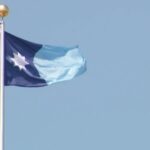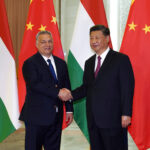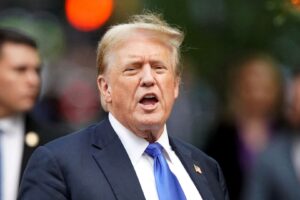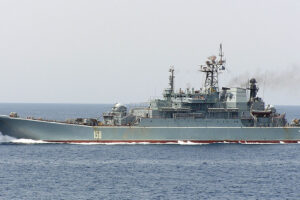The Central Bank of Kenya (CBK) expects the foreign reserves to recover, aided by inflows of over $700 million (Sh87.1 billion) from multilateral institutions in the first half of the year.
CBK Governor Dr Patrick Njoroge said the Government will by June receive loans from the World Bank and the International Monetary Fund (IMF), which he expects to reverse the shrinking stock of foreign currencies that hit 3.92 months of import cover last week, the lowest in 88 months.
“We don’t have any concerns there. We do expect that the cover will increase, and the reserves that we are holding remain adequate for their purpose,” said Dr Njoroge.
The government expects to receive the World Bank Development Policy Operation (DPO) of $400 million (Sh49.8 billion), with discussions ongoing for the funds to be increased.
Before the end of June, Kenya is also expected to receive another $300 million (Sh37.3 billion) from the IMF as part of the 38-month programme aimed at helping the country to reduce its debt vulnerabilities by cutting non-essential spending and increasing tax collection.
The CBK boss noted that the global shocks, including the lingering effects of the Covid-19 pandemic, the war in Ukraine and the hike in interest rates by Central Banks in advanced economies, hit emerging and frontier economies badly.
“And given, for instance, that we couldn’t go to the external markets—there were some borrowings that we needed, that the government needed to do to support its budget, but did not happen,” said Njoroge.
Kenya had planned to issue a $1.1 billion (Sh136.7 billion) Eurobond but cancelled it due to adverse conditions in the global financial market where interest rates rose sharply.
“So, given all that (unfavourable conditions), we accept a lower import cover,” added Njoroge.
Kenya’s forex cover, which had improved to hit above the statutory threshold of four months of import cover after the IMF disbursement of Sh81.7 billion, has once again come under pressure from billions in foreign debt repayments that have been falling due.
The external debt service obligations this month — combining interest and principal repayments —stand at Sh63 billion ($506.7 million), a World Bank tracker on public debt shows.
Following these repayments, mostly to the Exim Bank of China for the loan taken for the construction of the Standard Gauge Railway (SGR), official reserves dropped from $7.38 billion (Sh917 billion) by end of January, which was equivalent to 4.13 months of import cover, to $7.01 billion (Sh872.04 billion), or 3.92 months of import cover.
The government uses the forex reserves for repayment of external loans and importing critical goods such as drugs and fertiliser.
In the last week of November last year, the import cover fell below the CBK’s desired four-month level and was also well below the East African Community recommended 4.5 months’ cover, amid increasing pressure on the shilling and reduced inflow of foreign financing due to high-interest rate demands by lenders.
Forex reserves have also been impacted negatively by faster growth in imports than exports even as diaspora remittances, which have come to play a critical role in stabilising Kenya’s exchange rate, have also underperformed.
The result has been a shortage of dollars in the Kenyan market, with a jump in the cost of critical raw materials such as fuel, wheat, and fertiliser in the global market hurting importers even more.
Source : BusinessDaily
















